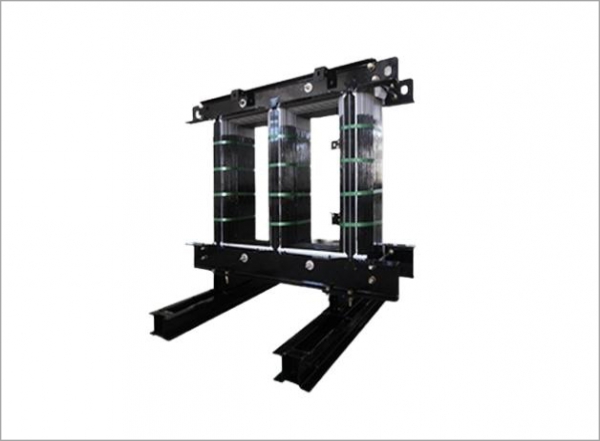Against the backdrop of global energy demand and rapid technological development, Electrical Core Materials are becoming the focus of the power and electronics industry. These materials are widely used in transformers, motors, inductors, and other electrical equipment, and are an important cornerstone for the realization of modern energy transmission and electronic functions. Their performance directly affects the efficiency, stability, and service life of electrical equipment, and therefore has attracted much attention from the industry and R&D institutions.
Electrical core materials refer to materials used to transmit magnetic fields or store electrical energy in electrical equipment, mainly including core materials, magnetic materials, and insulating materials. According to their functions and characteristics, these materials can be divided into the following categories:
It is widely used in transformers and motors and is one of the most common core materials.
It has the characteristics of high magnetic permeability and low loss, which can effectively improve the efficiency of equipment.
Such as ferrite and alloy magnetic materials, which are mainly used in high-frequency transformers and inductors.
Its low coercivity and high magnetic permeability make it suitable for dynamic magnetic field conditions.
Including epoxy resin, polyimide film, etc., mainly used for insulation protection in electrical equipment.
Ensure the safe operation of electrical equipment and prevent short circuits and electric shock accidents.
A new type of core material has attracted much attention due to its extremely low iron loss and excellent temperature stability.
Suitable for efficient and energy-saving modern power systems.

With the rapid popularization of new energy vehicles, wind power generation and solar power generation, the demand for efficient and energy-saving electrical core materials has surged. For example, the drive motors in new energy vehicles have put forward higher requirements for lightweight and high magnetic performance core materials.
The popularity of high-frequency electronic devices such as 5G communications and IoT devices has promoted the demand for low-loss, high-permeability soft magnetic materials. These materials can support the miniaturization and high performance of equipment while reducing energy consumption.
Carbon emissions generated during the production of traditional core materials have gradually attracted attention. In response to environmental protection requirements, research institutions and enterprises have begun to develop more environmentally friendly and recyclable core materials.
The application of advanced manufacturing technologies such as 3D printing and powder metallurgy has made the design and production of electrical core materials more precise and efficient. This not only improves material performance, but also significantly reduces production costs.
Silicon steel sheets and insulation materials in transformers ensure efficient power transmission and reduce energy loss, which is a key link in power grid construction.
The soft magnetic materials used in motors directly affect the efficiency and life of equipment. The demand for low-noise and low-energy materials in the home appliance industry has driven the development of new magnetic materials.
5G base stations, wireless charging devices, etc. all rely on high-performance electrical core materials to support higher operating frequencies and efficiencies.
In equipment such as wind turbines and photovoltaic inverters, high-efficiency and low-loss core materials are the key to achieving efficient use of clean energy.
High-performance materials are often expensive, which hinders large-scale applications. By optimizing production processes and large-scale manufacturing, it is expected to reduce material costs.
Dependence on rare metals has increased resource pressure. Research and development of alternative materials and recycling technologies have become an important direction for solving resource bottlenecks.
In higher frequency and higher efficiency equipment, existing materials may not be able to fully meet the needs. Continuous material research and development and performance optimization are particularly important.
The development of new materials will focus more on lightweight design, while combining multiple functions such as magnetism, conductivity and heat resistance.
With the help of AI and big data technology, the microstructure of materials can be quickly simulated and optimized to improve R&D efficiency and results conversion rate.
With the globalization of demand for electrical core materials, countries will cooperate more closely in technology research and development and resource sharing.
As a key pillar of modern energy and technology, electrical core materials not only promote the upgrading of traditional electrical equipment, but also inject continuous power into the fields of new energy and high technology. Driven by both technological breakthroughs and market demand, the electrical core materials industry will usher in a broader development space in the future, and help the sustainable progress of global energy and technology.
 +86-523 8891 8899
+86-523 8891 8899  +86-523 8891 8266
+86-523 8891 8266  info@tl-core.com
info@tl-core.com  No.1, Third Industrial Park, Liangxu Street, Taizhou City, Jiangsu, China
No.1, Third Industrial Park, Liangxu Street, Taizhou City, Jiangsu, China 

 English
English Español
Español Türk
Türk 中文简体
中文简体